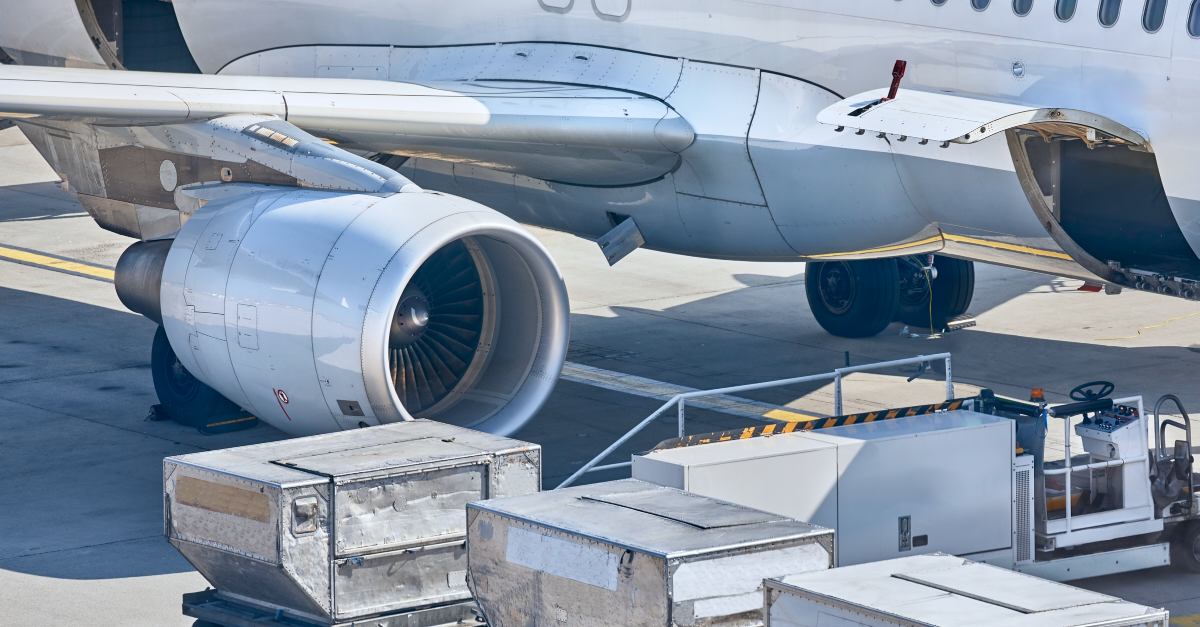The Transpacific air cargo trade has been buffeted by numerous market winds since the second half of 2023 and is now entering the traditional slack summer months with spot rates elevated.
After a temporary dip in March post-Lunar New Year, the eastbound corridor from Northeast Asia to the US has seen spot rates rebound by more than 30% year-on-year.
The question now is whether we will see the market follow the traditional pattern of cooling down over the summer or whether rates will remain high due to factors such as disruption to ocean freight services in the Red Sea, a still-resilient US economy and the e-commerce boom out of China.
Disruptions from ocean container shipping
Disruptions to ocean freight services in the Red Sea have contributed to the growth in air cargo spot rates in 2024.

In the first week of May, average ocean container spot rates from Northeast Asia to the US West Coast were more than double the level 12 months earlier as disruption in the Red Sea continued to impact the world’s major trades.
Ocean freight container schedule reliability also remains low. In March, schedule reliability for services from Asia to the US West Coast was just 49%. Into the US East Coast, it was even worse at 38% (source: Sea-Intelligence).
Given any improvements in ocean freight container service reliability will be slight at best in the coming months and rates remain elevated, it is not surprising some shippers have turned to air freight to protect their supply chains.
There has also been significant movement in the cost difference between ocean container and air cargo services.
For example, in the first week of May, the average air cargo spot rate on the Transpacific trade was just under nine times more expensive than ocean container spot rates. Back at the start of December before escalation of conflict in the Red Sea, air cargo was around 22 times more expensive.
This calculation is based on one 40ft equivalent shipping container holding 8000kg of cargo.
Macroeconomics events
Another factor which could bolster the air cargo market is the resilient US economy.
US GDP saw 3% year-on-year growth in Q1, outpacing major economies in the EU. Meanwhile the US job market remained solid with unemployment sitting at 3.9% in April.
However, persistent inflation and high interest rates place additional financial pressure on low-income households, pushing them to seek cheaper products. This trend was evident in the rise of cross-border e-commerce demand from outlets such as Temu and Shein during the last year-end peak season.
The high threshold of the US de minimis custom rule also contributed to this e-commerce growth with individual items less than USD 800 able to be imported without tax or duties added.
No summer slack yet for Transpacific air cargo market
Consequently, air cargo rates from prominent e-commerce origins – Southern China and Hong Kong – have been elevated since the end of last year's peak season.
During the first week of May, general cargo spot rates to the US from both Southern China and Hong Kong were USD 5.24 per kg and USD 4.23 per kg respectively. Although spot rates appear to have peaked on both of these trades, they are still around 85% higher than in the same period of 2019.

Moreover, due to the slow recovery of belly capacity from mainland China to the US, the average spot rate from Southern China to the US exceeded that of Hong Kong to the US during both the peak season at the end of last year and the Red Sea crisis.
This reverses the traditional rate levels between the two regions seen prior to the e-commerce surges.
This sentiment extends to neighboring air cargo hubs as shippers seek out other available capacity. For instance, the average general cargo spot rate from Vietnam to the US in the first week of May surged nearly 60% from the same period in 2019.
Conversely, general cargo spot rates on other routes from Eastern China, Taiwan, Singapore, Thailand, South Korea, and Japan were less expensive. They were around 15% to 50% below those from China’s e-commerce hubs during the first week of May.
Therefore, shippers and freight forwarders could explore these additional routes to optimize capacity utilization and improve cost management. This will also better prepare shippers for another potentially 'strong' peak season ahead.
%201.png)




.png?width=387&name=image%20(45).png)

